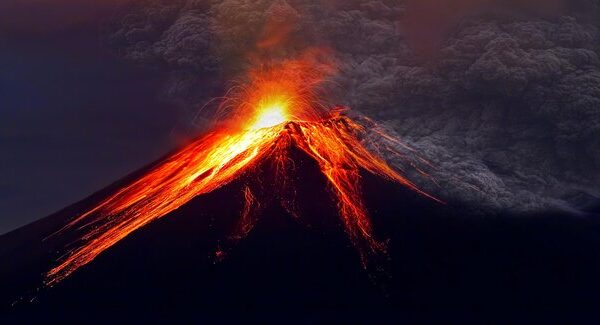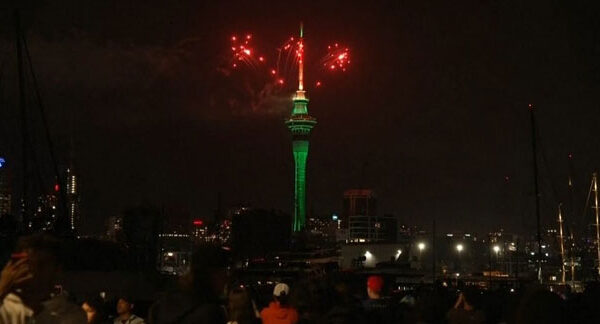A tsunami warning was issued in Japan on Monday following a strong earthquake that struck the southwestern region, but it was lifted within a few hours.
The earthquake, which registered a magnitude of 6.6, shook the Kyushu area, leading authorities to issue tsunami advisories for coastal regions. Thankfully, the wave heights remained low, and no significant damage was reported.
Details of the Earthquake and Tsunami Advisory
Initially estimated at a magnitude of 6.9, the earthquake was later adjusted to 6.6 by Japan’s Meteorological Agency (JMA). It occurred at 9:19 p.m. local time near Miyazaki, located in the southern part of Kyushu.
Shortly after the quake, tsunami advisories were issued for the area, including the nearby Kochi Prefecture on Shikoku Island, warning of potential waves reaching up to one meter (3.3 feet).
Within half an hour, a tsunami was recorded, with water levels reaching 20 centimeters (7.8 inches) at Miyazaki Port. Fortunately, the tsunami did not result in major damage.
A wave measuring 10 centimeters (3.9 inches) was also noted in parts of Kochi. The advisories were lifted around 2:50 a.m. GMT, and normalcy began to return.
Impact on Local Communities and Infrastructure
While the earthquake caused some minor damage, such as a small landslide and broken water pipes, there were no serious injuries reported. One individual in Kyushu sustained a minor injury after falling down stairs.
Local officials confirmed that the region’s nuclear power plants, including the Ikata and Sendai facilities, were not affected.
The earthquake’s effects were felt over a broad area in western Japan, leading to temporary suspensions of service on parts of the Kyushu Shinkansen bullet train line. However, road traffic continued, and power remained on, indicating that the electricity supply was stable.
Tsunami Warning in Japan Lifted, No Major Threat Detected
Following the earthquake, officials from the Japan Meteorological Agency (JMA) initially considered the potential for a larger seismic event linked to the Nankai Trough, a region known for producing significant earthquakes every 100 to 150 years.
However, experts determined that the quake did not present an extraordinary risk of a megaquake. The tsunami advisory was lifted, and no significant aftershocks were anticipated.
Experts cautioned that aftershocks could still happen in the next two to three days, but the overall risk remained low. Authorities encouraged residents to remain alert but not to panic.
What’s Next for Japan’s Earthquake Preparedness?
Japan, situated along the “Ring of Fire,” is accustomed to seismic activity. The Nankai Trough is particularly infamous for generating large quakes that can lead to devastating tsunamis.
The JMA issued a similar advisory in August after a magnitude 7.1 earthquake rattled the area, indicating a “relatively higher chance” of a megaquake. The government has been careful, promoting preparedness without inciting undue alarm.
Despite ongoing concerns regarding the Nankai Trough, the recent incident underscores Japan’s advanced warning systems and disaster preparedness initiatives.
Although the tsunami threat was minimal, the event served as a reminder of the region’s susceptibility to significant earthquakes and tsunamis.
Tsunami Warning in Japan Concludes Without Major Incident
The Tsunami Warning in Japan was lifted after the earthquake. Residents were assured that the situation was under control.
While the risk of a large-scale disaster remains, Japan’s swift response and strong infrastructure reduced the impact.
For now, the focus is on recovery and monitoring for aftershocks. Efforts to prepare for stronger seismic events will continue in the years ahead.








